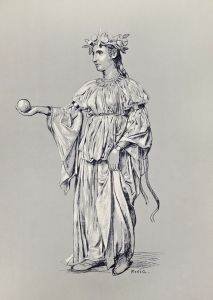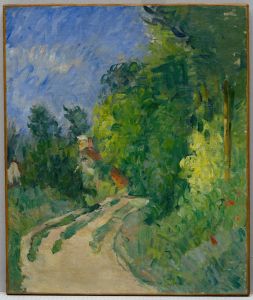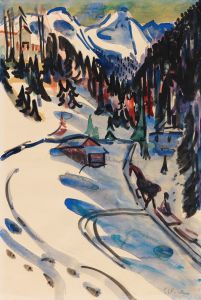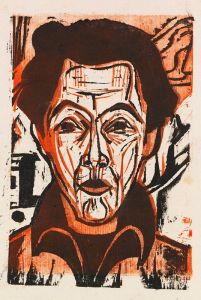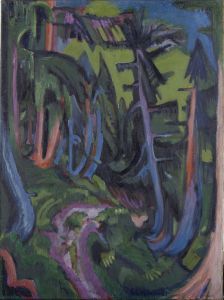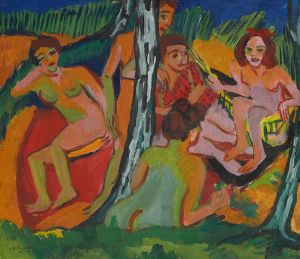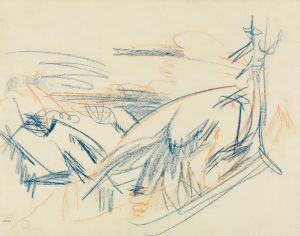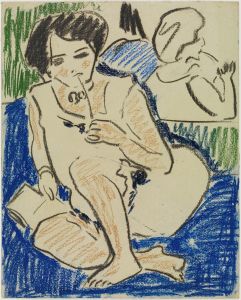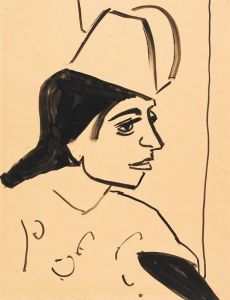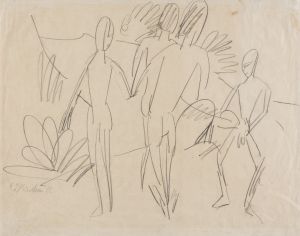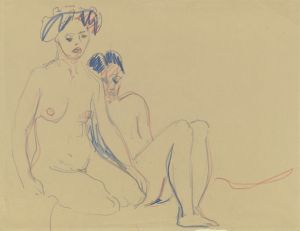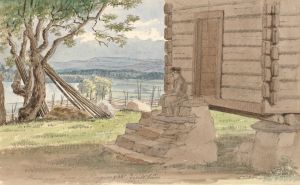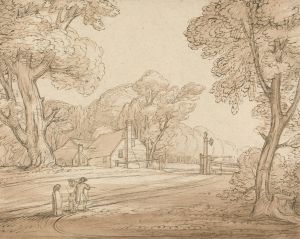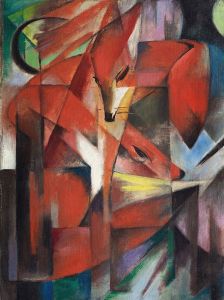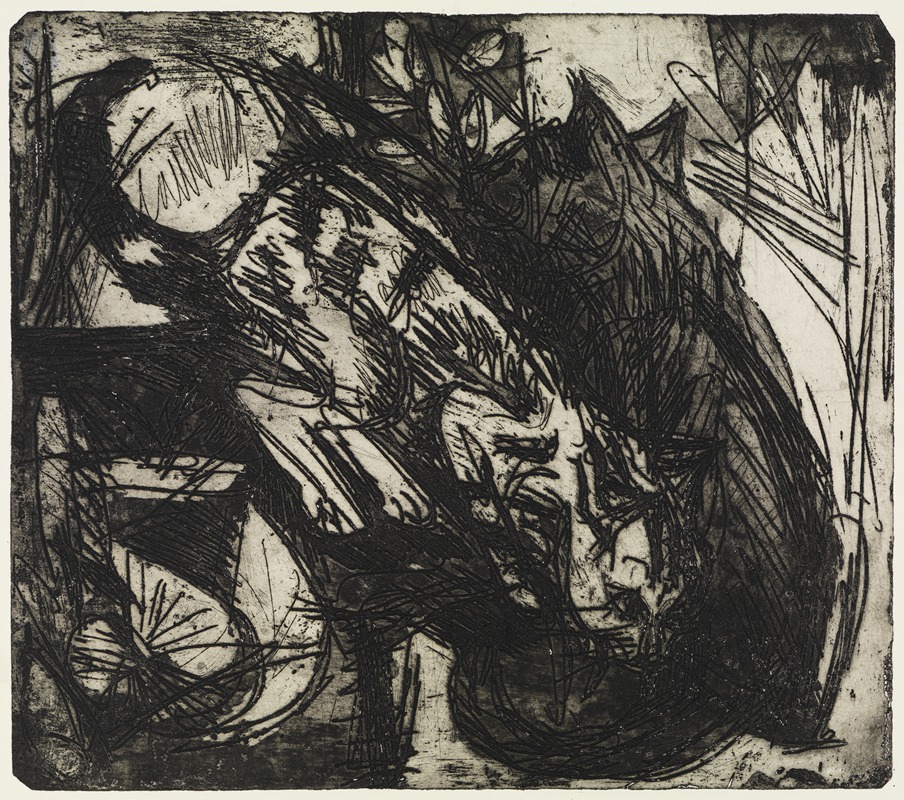
Zwei Katzen;Berghäuser – Stafelalp
A hand-painted replica of Ernst Ludwig Kirchner’s masterpiece Zwei Katzen;Berghäuser – Stafelalp, meticulously crafted by professional artists to capture the true essence of the original. Each piece is created with museum-quality canvas and rare mineral pigments, carefully painted by experienced artists with delicate brushstrokes and rich, layered colors to perfectly recreate the texture of the original artwork. Unlike machine-printed reproductions, this hand-painted version brings the painting to life, infused with the artist’s emotions and skill in every stroke. Whether for personal collection or home decoration, it instantly elevates the artistic atmosphere of any space.
Ernst Ludwig Kirchner was a prominent German expressionist painter and one of the founding members of the influential art group Die Brücke (The Bridge), which played a crucial role in the development of modern art in the early 20th century. Kirchner's work is characterized by its bold use of color, dynamic compositions, and a focus on capturing the emotional and psychological states of his subjects.
"Zwei Katzen; Berghäuser – Stafelalp" is one of Kirchner's paintings that exemplifies his unique style and thematic interests. The title, translated as "Two Cats; Mountain Houses – Stafelalp," suggests a scene that combines elements of nature and domestic life, a common motif in Kirchner's work. The painting is believed to have been created during Kirchner's time in Switzerland, where he moved in 1917 to recover from the psychological trauma he experienced during World War I.
Kirchner's Swiss period marked a significant shift in his artistic focus. The serene and picturesque landscapes of the Swiss Alps provided a stark contrast to the urban scenes of Berlin that dominated his earlier work. This change of environment is reflected in the more tranquil and contemplative nature of his Swiss paintings. "Zwei Katzen; Berghäuser – Stafelalp" likely captures the essence of this period, with its depiction of the natural beauty and simplicity of rural life.
The painting features two cats, which are often seen as symbols of independence and mystery, set against the backdrop of mountain houses in the Stafelalp region. Kirchner's use of vibrant colors and expressive brushstrokes brings the scene to life, imbuing it with a sense of movement and vitality. The composition is carefully balanced, with the cats and houses forming a harmonious relationship with the surrounding landscape.
Kirchner's work during this time was heavily influenced by his interest in primitive art and the desire to return to a more authentic and unspoiled way of life. This is evident in the way he portrays the natural world, emphasizing its raw beauty and spiritual significance. The painting reflects Kirchner's ongoing exploration of the relationship between humans and nature, a theme that runs throughout his oeuvre.
"Zwei Katzen; Berghäuser – Stafelalp" is a testament to Kirchner's ability to capture the essence of his surroundings and convey complex emotions through his art. It stands as a representation of his Swiss period, highlighting his transition from the frenetic energy of urban life to the peaceful solitude of the mountains. Kirchner's work continues to be celebrated for its innovative approach and profound impact on the development of modern art.
Today, Kirchner's paintings are held in high regard and can be found in major art collections and museums around the world. His contribution to the expressionist movement and his influence on subsequent generations of artists remain significant, ensuring his place in the annals of art history.





